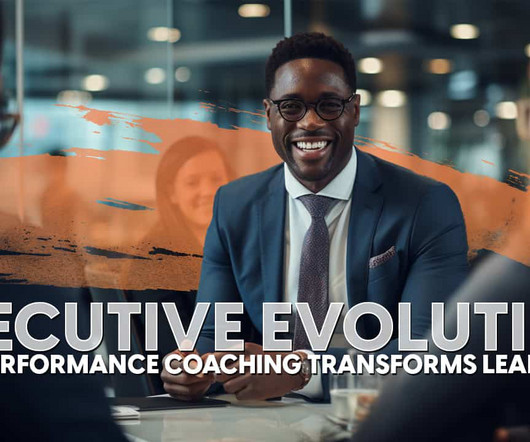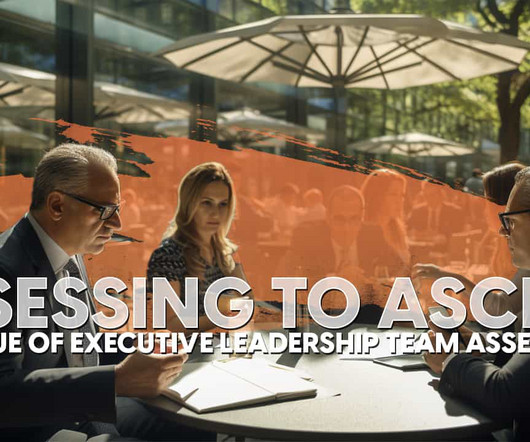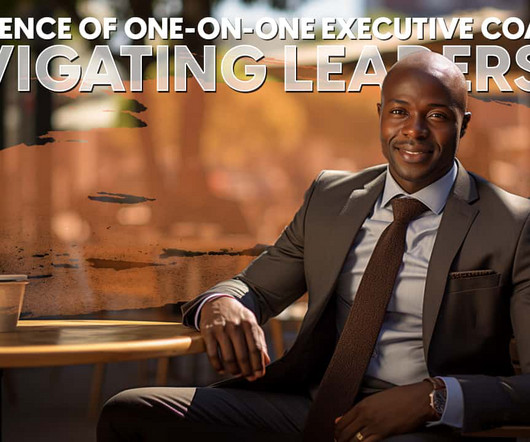How to Solve Your Most Difficult Leadership and Talent Challenges
Great Leadership By Dan
NOVEMBER 5, 2020
I remember a client who was focused on, “How can we use 360-degree feedback to improve performance?” 360-degree feedback was too specific. As it turns out, 360-degree feedback was not part of the approach. The broader question might be, “How can we improve performance?”








































Let's personalize your content